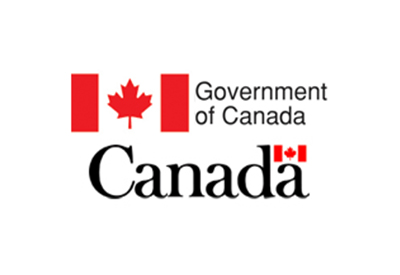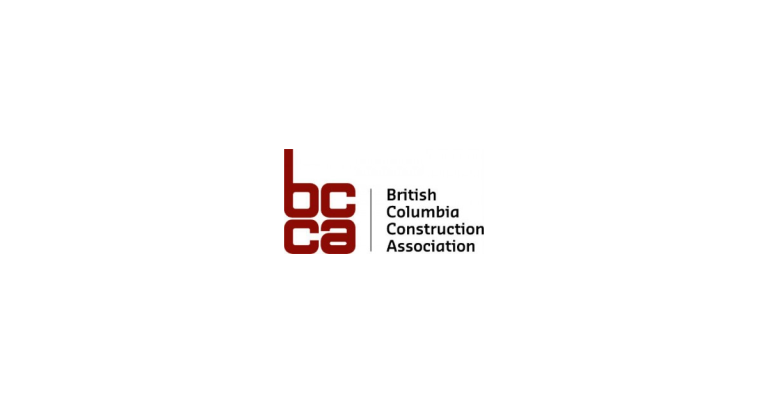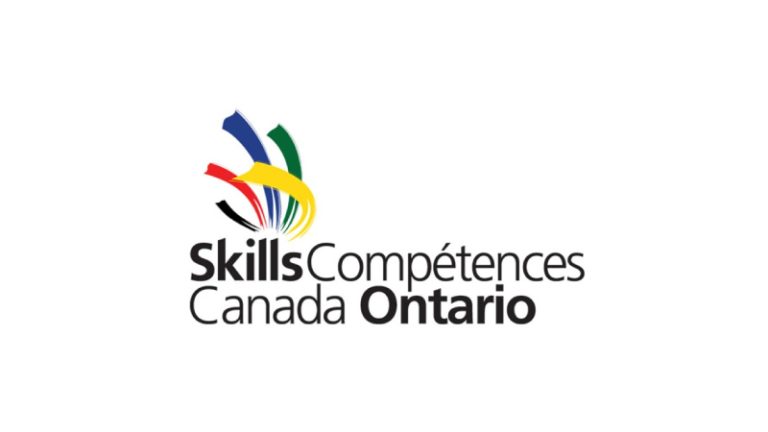Federal Government Announces Details for Canada Recovery Hiring Program and Extension of Business Support Programs

June 10, 2021
Deputy Prime Minister and Minister of Finance, Chrystia Freeland, and the Minister of Small Business, Export Promotion and International Trade, the Honourable Mary Ng, announced that the new Canada Recovery Hiring Program, would be available retroactively to June 6, 2021.
The proposed Canada Recovery Hiring Program would help hard-hit businesses hire the workers they need to recover and grow as local economies reopen. The program would provide a subsidy of up to 50 per cent of eligible salary or wages. It would be available to eligible employers who have experienced qualifying revenue declines so they can hire more workers, increase workers’ hours, or increase wages. This support would afford businesses with certainty that they can take on the extra costs needed to rehire and be ready to return to growth. Like with the Canada Emergency Wage Subsidy and Canada Emergency Rent Subsidy, businesses would be able to access the program through the Canada Revenue Agency (CRA). Support would be available retroactively to this Sunday, June 6, 2021, and businesses would be able to hire workers as their local economy reopens, or as they are ready.
The Deputy Prime Minister and the Minister of Small Business also detailed the proposed extension of business support programs that have served as a lifeline to Canadian businesses through the pandemic. This includes the proposed extension of the Wage Subsidy, Rent Subsidy, and Lockdown Support until September 25, 2021. These programs are currently set to expire this month. Both the Hiring Program and proposed extensions are part of Bill C-30, the Budget Implementation Act, which is currently before Parliament.
The Hiring Program is designed to interact with the Wage Subsidy. The programs overlap so that, as Wage Subsidy rates gradually decline, eligible employers would still be able to receive the maximum support from the Hiring Program this summer if they hire more workers or increase workers’ hours or wages. This will make it easy for businesses to quickly hire new workers and do so at a pace that works best for them, as different jurisdictions reopen their economies at different paces.
The Deputy Prime Minister and the Minister of Small Business also announced that the Business Credit Availability Program and Highly Affected Sectors Credit Availability Program are being extended to December 31, 2021. Both programs were set to expire on June 30, 2021. This will ensure, with economies reopening and a path to recovery ahead, businesses will have the liquidity support they need to invest in their recovery.
Through these programs, the government is ensuring that businesses can continue to get the support they need and enabling them to invest in their longer-term prosperity, including businesses in hard-hit sectors like tourism and hospitality, hotels, arts and entertainment.
Go HERE for more information
Quick facts
- The proposed Canada Recovery Hiring Program would be available to support active employees from June 6, 2021 to November 20, 2021. This will allow eligible employers to use the program at a pace that works for them.
- As with the Wage Subsidy, eligible employers would receive support after each four week period of the program.
- Support would be available retroactively once Bill C-30 receives Royal Assent.
- Eligible employers would be able to access support through the CRA and the application portal would be available after Royal Assent.
- The program is estimated to cost $595 million in 2021-22.
- The Canada Emergency Wage Subsidy has protected more than 5.3 million jobs, to date. The program is currently set to expire in June 2021.
- To give workers and employers certainty and stability over the coming months, the recent federal budget proposed to extend the Wage Subsidy until September 25, 2021.
- This extension would see a gradual decrease of the Wage Subsidy rate, beginning July 4, 2021, in order to ensure an orderly phase-out of the program as the economy reopens.
- Employers would be able to shift to the Canada Recovery Hiring Program as they transition to recovery and hire new workers.
- The Canada Emergency Rent Subsidy and Lockdown Support have helped more than 187,000 organizations with rent, mortgage, and other property expenses. The program is currently set to expire in June 2021.
- To bridge Canadians through to recovery, the recent federal budget proposed to extend the Rent Subsidy and Lockdown Support until September 25, 2021.
- This extension would see a gradual decrease of the Rent Subsidy rate, beginning July 4, 2021, in order to ensure an orderly phase-out of this program as the economy reopens.
- The Business Credit Availability Program (BCAP) loan guarantee and co-lending programs provide credit of up to $6.25 million and $12.5 million respectively. BCAP also provides support for mid-sized businesses including loans of up to $60 million per company, and guarantees of up to $80 million.
- Through the Highly Affected Sectors Credit Availability Program(HASCAP), the Business Development Bank of Canada (BDC) partners with participating Canadian financial institutions to offer government-guaranteed, low-interest loans of $25,000 to $1 million to businesses across the country, with repayment periods of up to 10 years, in all sectors that have been hit hard by the pandemic. This includes restaurants, businesses in the tourism and hospitality sectors, and those that rely on in-person service.
- For additional information on BCAP or HASCAP or to apply, businesses should contact their primary financial institution with whom they have a pre-existing relationship.
- The Organisation for Economic Cooperation and Development’s May 2021 Economic Outlook stated that “the Canadian economy will rebound strongly and grow by 6.1% in 2021 and 3.8% in 2022, thanks to reduced COVID-19 restrictions in the second half of this year and buoyant external demand. These developments will be echoed in a recovery in the labour market.” It also assessed that: “Reforms proposed in [Budget 2021] suggest positive advances in social and environmental policy and for the business environment.”









![Guide to the Canadian Electrical Code, Part 1[i] – A Road Map: Section 52 — Diagnostic imaging installations](https://electricalindustry.ca/wp-content/uploads/2022/11/Guide-CE-Code-2.png)






